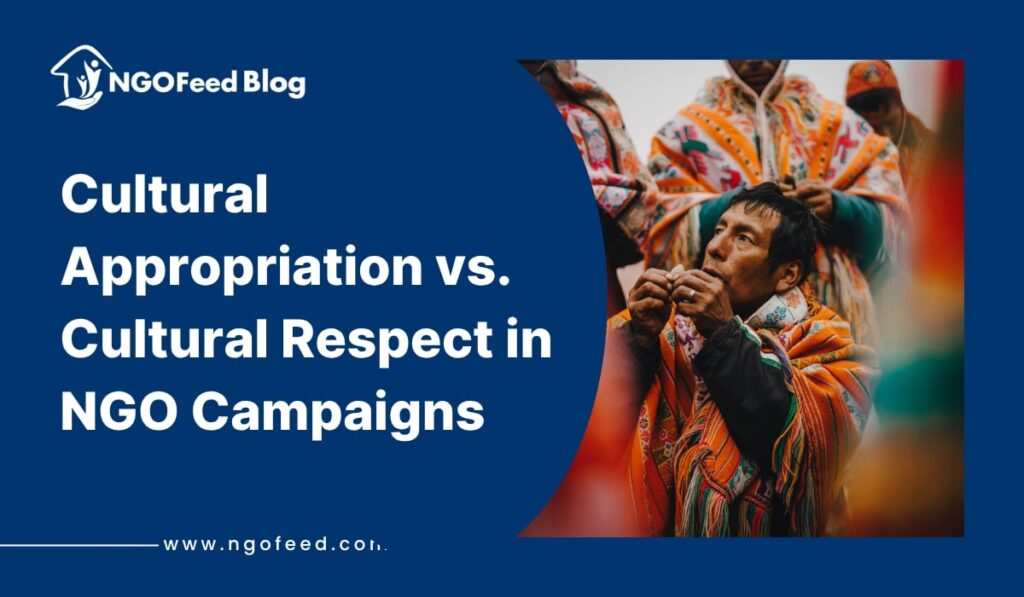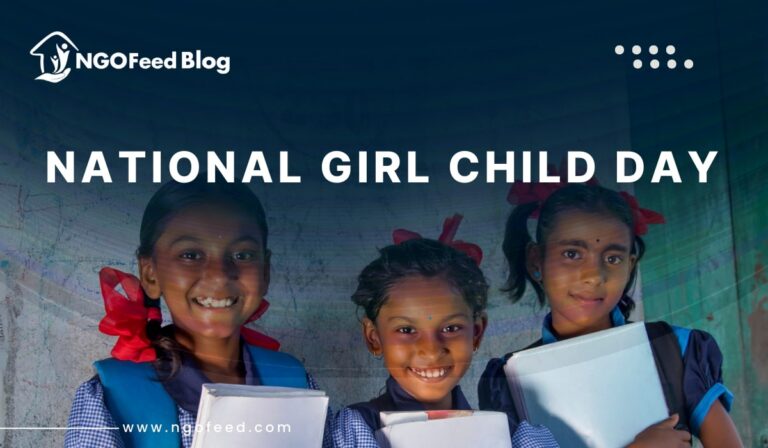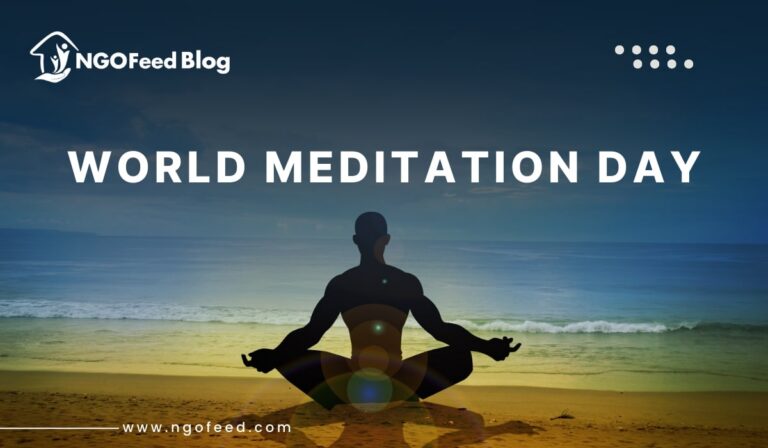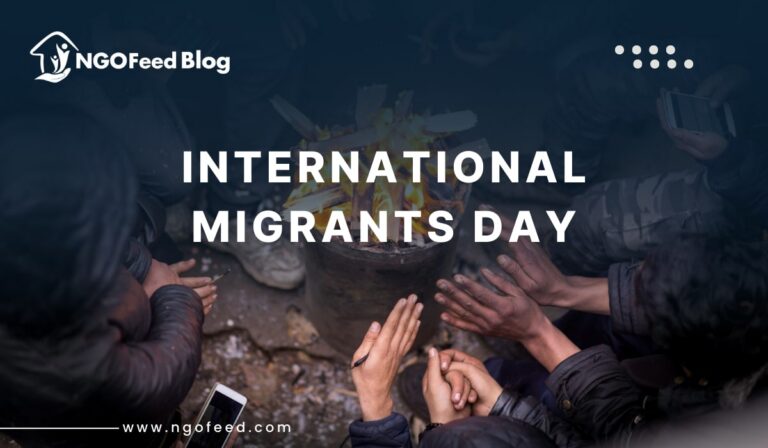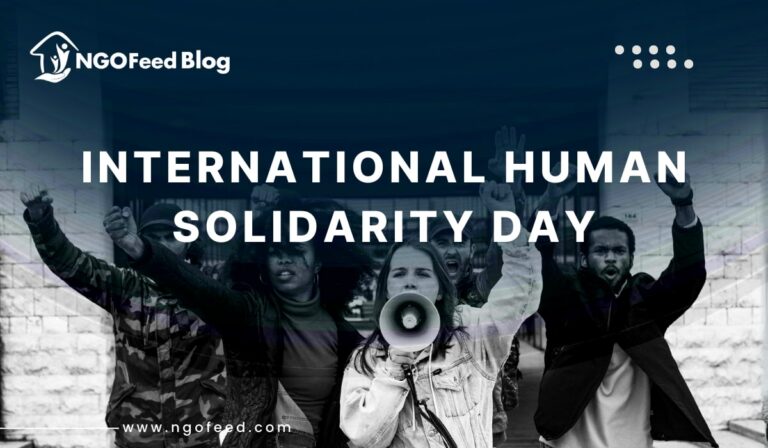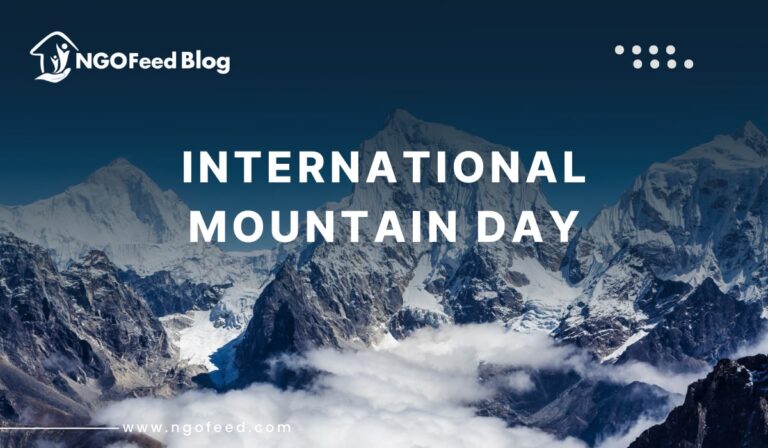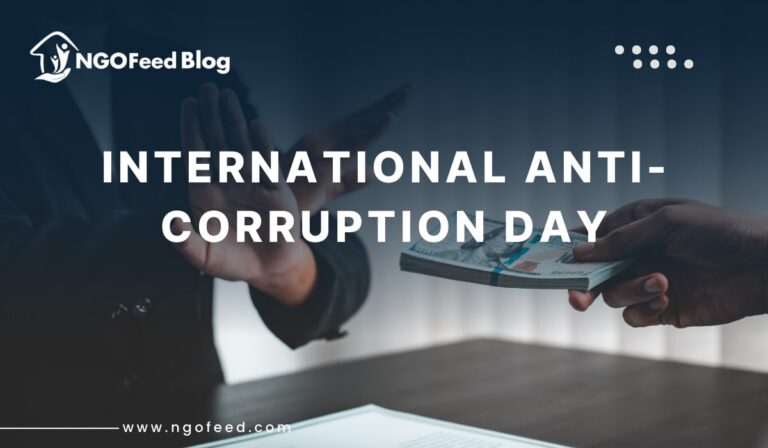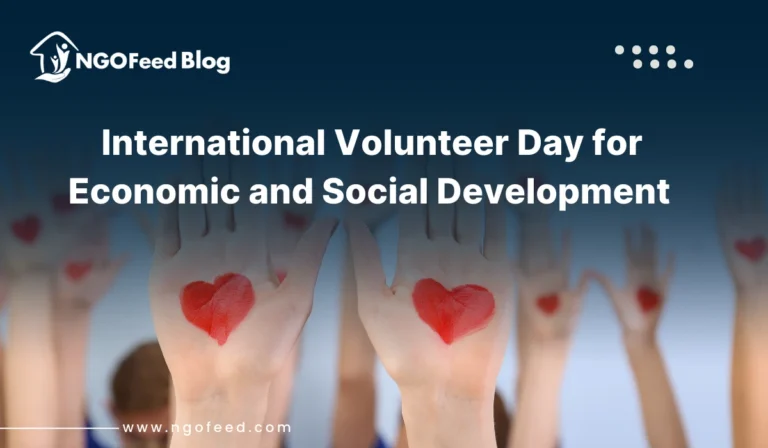Cultural Appropriation Vs Cultural Respect in NGO Campaigns: NGOs have great influence in the interconnected world of humanitarian relief and social activism—not only via their activities but also by the stories they share. The visual and narrative techniques they employ help to shape public opinion, affect policy, and mobilize donations. This ability, however, entails a responsibility to honestly and fairly represent civilizations.
Especially in culturally marginalized or colonized areas, as NGOs enter cultural spheres outside their own, they have to ask: Are we speaking over voices or amplifying them? Are we praising culture or commercializing it? This conflict centers on the tension between cultural appropriation and cultural respect.
Table of Contents
Cultural Appropriation Vs Cultural Respect in NGO Campaigns – Underlying Theoretical Principles
Postcolonial theory, media ethics, and cultural studies must be used to fully understand the difference:
Edward Said’s idea of “Orientalism” reminds us of that Western societies frequently present non-Western cultures as foreign, primitive, or lesser. Many NGO in India efforts yet fall into this trap of portraying communities using a “Western gaze.”
Equally pertinent is Gayatri Spivak’s question: “Can the subaltern speak? ” Stories NGOs share about underprivileged groups but seldom with or through them reinforce structural silence.
The concept of representation by Stuart Hall emphasizes that the media helps to build culture rather than just mirror it. NGO pictures and writing so form reality rather than only reflect it.
Extensive Case Studies: Right and Wrong Went
1. The Kony 2012 Campaign: negative example
One example of narrative hijacking was Invisible Children’s campaign to find Ugandan warlord Joseph Kony. It used dramatic Western storytelling and a “white savior” character, thereby marginalizing Ugandan campaigners and oversimplifying nuanced political realities. Many Ugandans thought they were misrepresented and infantilized.
“They forgot to ask us what we thought. ” Ugandan young activist reacting to Kony 2012
2. Survival International and Indigenous Self-Advocacy (Positive example)
Working straight with Indigenous peoples, Survival International develops campaigns where Indigenous leaders speak for themselves and ask for land rights, environmental justice, and cultural autonomy. With informed permission, local photographers supply images.
3. Ethical visual standards for UNICEF
Following criticism in the early 2000s, UNICEF established strict standards for child representation: ensuring anonymity as required, using culturally acceptable clothing, and always acquiring informed permission from guardians and the children themselves. Their change from pity to empowerment serves as a model.
Effects of Cultural Appropriation in Ads
- Perpetuation of Colonial Narratives: NGOs’ appropriation of sacred ceremonies or customary aesthetics without background parallels the colonial removal of cultural riches.
- Undermining Local Authority: Communities become props in someone else’s advocacy story. This supports hierarchies where the Global North is the supporter, and the Global South is the supported.
- Donors might react to “poverty” instead of more deep-seated problems. This causes short-term relief over long-term change motivated by sensationalist images instead of true needs.
- Ethical and legal hazards: Greater awareness has caused public opposition and, in some instances, lawsuits over illegal use of cultural or intellectual property (e. g., customary textiles, music, or ceremonies).
Frameworks for Ethical Cultural Engagement
The CARE Model: A Guiding Principle
| Principle | Description |
|---|
| C – Consent | Ensure free, prior, and informed consent when engaging with cultural content or identities. |
| A – Authenticity | Represent culture in a way that is contextually accurate and community-approved. |
| R – Reciprocity | Give back—through credit, compensation, capacity-building, or visibility. |
| E – Empowerment | Let communities define their own image, message, and agenda. |
Checklist for NGOs: Practicing Cultural Respect in Campaigns
- Are the cultural symbols being used in proper context and with permission?
- Were the community members consulted and involved in campaign design?
- Is the portrayal dignified, accurate, and free of exoticism or stereotypes?
- Have the artists, storytellers, or knowledge holders been credited and compensated?
- Is the story being told by or through members of the community, rather than over them?
- Are we avoiding the use of children, women, or minority groups as “pity props”?
- Have we assessed the cultural and political implications of our messaging?
Decolonizing Stories and Their Impact
To go beyond appropriation, NGOs have to accept decolonial storytelling, which involves:
- Local voices should take precedence in leadership and writing.
- Utilizing local languages and nomenclature genuinely
- From “donor appeal” to “community empowerment”
- Difficult internal hierarchies where Western knowledge shapes program planning.
There is no voiceless individual. Only someone who is voiceless or deliberately silent.
– Arundhati Roy says
Towards Respect: Recommendations
- Form Advisory Boards for Community: Approve campaign materials involving neighborhood cultural leaders, youngsters, artists, and intellectuals.
- Divide Communication Teams: Recruit and support creatives, editors, and strategists from many cultural and linguistic origins.
- Institute cultural audits: Review the wording, graphics, and stories for cultural sensitivity and accuracy before launching campaigns.
- Start practicing ethical storytelling courses: Teach everyone on the team, especially fundraisers and communication leads, about power dynamics, representation, and the influence of images.
- Back Projects that aim to revitalize cultures: Instead of merely gathering tales, NGOs should support initiatives to protect languages, crafts, customs, and oral traditions.
Conclusion
NGOs must lead by example in respecting cultural dignity and independence since they are agents of change and supporters of justice. Cultural respect is a required component of moral, long-lasting participation rather than a burden. The tales nonprofits choose to share—and how they tell them—have enormous significance in a society where representation forms reality.
NGOs can go from exploitation toward solidarity, accountability, and mutual respect by listening intently, working fairly, and thinking critically.
“Culture is not a costume. ” It’s not a means of emotional appeal. It is a living, breathing legacy requiring respect.
Dr. Vandana Shiva

